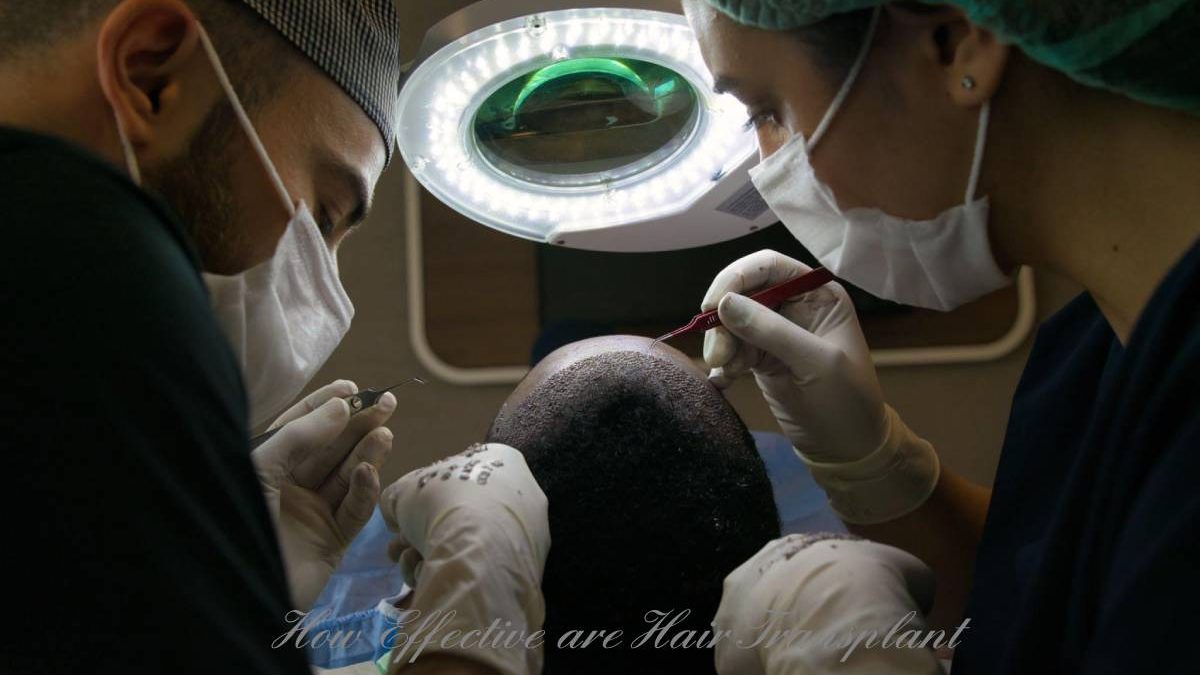A hair transplant adds extra hair to a bald or thinning part of your head. It is created by grafting hair to the thinning or balding area of the scalp from thicker regions of the scalp or other parts of the body.
According to reliable sources, 50% of males globally and 60% of men in the United States agonize from hair loss. People frequently utilize over-the-counter remedies to alleviate this, including topical medications like minoxidil (Rogaine).
Another restoration technique is hair transplantation. In 1939, Japan’s first hair relocation technique used only one scalp, and doctors developed the “plug” approach in the following years. It does entail placing substantial hair life.
Is hair transplantation operative?
- Hair transplantation is generally more operative than over-the-counter hair restoration items. But here are some things to reason about:
- Between 10 and 80 percent of the transplanted hair will fully regrow in an estimated three to four months.
- The transplanted hair will thin out over time, just like natural hair.
- A 2016 education found that plasma therapy can help remove at least 75% of transplanted hair in patients with dormant hair follicles, which are often sacking and storing hair under the skin but no longer grow.
- Everyone’s hair transplanting procedure does not succeed. Does primarily used to repair your hair if you are balding or thinning out naturally or have lost hair due to an injury.
- Since the majority of transplants do perform using your current hair, they are less successful for treating persons who have:
- Widespread baldness and thinning
- Hair loss brought on by chemotherapy or other drugs
- Heavy wound scars on the scalp.
What are the costs of hair transplants?
- A hair transplantation treatment might range from $4,000 to $15,000.
- The extent of the transplant surgery may affect final prices.
- Surgeons who are available in your area, their qualifications, and the surgical method they have chosen
- Health insurance won’t cover hair transplants because they are aesthetic operations. The ultimate price may also include aftercare drugs.
How do hair transplant’s function?
- Defining a hair transplant involves taking your current hair and transplanting it to an area where you are hairless. While it usually comes from the back of your head, it can come from anywhere else on your body.
- Before beginning a transplant, your surgeon cleans the region where the hair will take and localizes aesthetics. You can even ask for medication if you want to doze off throughout the treatment.
- Then, one of the two transplant techniques—FUT or FUE—is carried out by your surgeon.
Hair follicle transplanting (FUT)
- Sometimes, follicular unit strip surgery refers to FUT (FUSS). Your surgeon will carry out a FUT operation by doing the following:
- The surgeon usually removes a section of the scalp from the back using a knife. The strip can span from ear to ear and usually is 6 to 10 inches long.
- Stitches do use to seal the wound where the scalp does remove.
- The scalp, stripped into smaller pieces, is cut by your surgeon and their assistants using a scalpel. The component may divide into 2,000 smaller parts or grafts, and these grafts sometimes have one hair in them.
Hair follicle extraction (FUE)
- Your surgeon follows these procedures to carry out an FUE procedure:
- The hair on the spine of your head is shaving.
- Afterwards, the surgeon removes a few hair follicles from the scalp’s skin. Every strand that does extract will leave minute marks.
- The surgeon cuts tiny holes in your scalp, similar to the FUT operation, and inserts hair follicles into the holes.
- The surgical site does cover with bandages or gauze.

